How to Play Shuffleboard and Buying Guide
Shuffleboard is a game of questioned beginnings that presumably started around 500 to 600 years ago in Europe. It includes utilizing paddles to “shove” pucks towards an objective region, and there are numerous variations inside the game just as alternative names, including deck shuffleboard and digging tool board. Lord Henry VIII was a fan of the game and particularly wagering on it! It has similarities to many games, especially bowls, curling, and in its table structure, air hockey. In this article, we are concerned exclusively with all you need to know about the shuffleboard itself that will help you to play it.
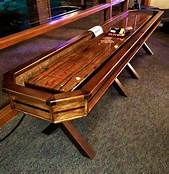
THE OBJECTIVE OF THE GAME
The goal is to utilize the paddle to drive the weighted pucks into the scoring zone to win points.
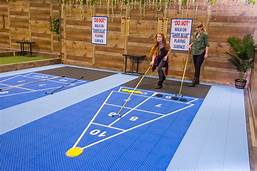
PLAYERS AND EQUIPMENT
Shuffleboard is played by either two players or four. It is played on an outside court of about 52 feet in length by 10 feet wide, even though various measurements are accessible on new compact and indoor courts.
The court has scoring triangles at one or the flip side past that is a further six feet for players to stand while playing towards the opposite end. The triangle is separated into point zones with 10 at the tip, closest to the players, then, at that point eight, then, at that point seven, the last two with a central division making a left and right region. At the foundation of the triangle is the “10 OFF” penalty zone.
The players utilize a tang to impel the pucks (biscuits) towards the scoring triangle. The tang can’t be longer than 6ft 3″. The player who goes first (chose by coin throw) utilizes the yellow biscuits with the player going second utilizing black, and the biscuits are six inches in breadth and are close to 1in thick.
SCORING
The idea of a table shuffleboard is basic but not easy. Slide your puck down the playfield towards the scoring zone, giving it a delicate push. The thought is that the puck stops in one of the numbered groups. At the point when your puck stops in a scoring zone, you gather the points for that zone. Your puck should go too far to gather the points – in case it’s perched on the line between zones 2 and 3, you just get 2 points.
Only pucks that are placed in front of the competitor’s pucks score. So in case, your competitor’s best puck stops in zone 2, your puck in zone 1 doesn’t score. On the off chance that you push excessively hard and slide off the end, or ricochet off one more puck and end up in the drain, you get zero points. Straightforward, huh?
STRATEGIES
One of the best time parts of the play is the utilization of different pucks. You can focus on a rival’s puck, making it awkward or off the table out and out. If you judge it right, you can utilize the other puck as a brake, halting your puck as it’s ricocheted off the table. On the off chance that you’ve as of now got a decent score, you can forfeit your puck with an adversary’s puck to deny points to anybody.
You can likewise utilize the playfield’s concave profile for your potential benefit depending upon the table you’re playing on. Figure out how to utilize the point to bend the puck around your adversary, or to stop your puck from tumbling off the side. A long even shot up the edge of the playfield can annihilate a pressed playfield.
Strategic play is a large portion of the fun of shuffleboard.
TECHNIQUE
Hold the puck on the table with your palm over the top and your arm twisted. Your thumb should circle the back of the puck. Your fingers ought to gently encompass the puck to settle it, but no piece of your hand or fingers should contact the playfield.
At the point when you’re prepared to shoot, gently fix your elbow to broaden your arm and release the puck. It’s a smart thought to run the puck backward and forwards a couple of times before delivering it to figure out the playfield, the puck weight, and any inward profile.
Consider adding a backspin to the puck as your method improves. These can permit more control and dial back the puck as it arrives at the scoring zone. You may likewise find that playing with your prevailing hand isn’t generally great – try playing with both your left and right hands whether it will benefit you in any way.
Toward the beginning of the game, you should focus on the highest score you can get without overshooting. As the scoring zone turns out to be more populated, utilize strategies to acquire the high ground. These could incorporate knocking off your competitor’s pucks, ‘hanging’ your puck over the edge to attempt to entice your competitor into an unsafe reaction, or obstructing your competitor’s clear course to the most elevated scoring zone.
DOMINATING THE GAME
The winner is quick to arrive at a predefined target, typically 75 points, or the player with the most noteworthy score after 10 complete rounds, whichever starts things out. On the off chance that the two players or sides reach 75 on a similar turn, the player with the most elevated score will be the winner.
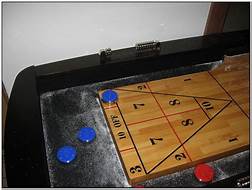
RULES OF SHUFFLEBOARD
- The player to go first is chosen by a coin toss, and afterward, the player who scored highest in the past round goes first.
- Players shoot one puck in turn and take substitute goes.
- One smooth constant forward motion should be utilized to shoot the puck, and no “hook” shots are permitted.
- Playing another player’s disc gets a 10 point punishment.
- A player should wait until the previous player’s biscuit is fixed before playing their shot.
- Play starts at alternating ends, so you start toward the end of the court at which the past game wrapped up.
ESSENTIAL SHUFFLEBOARD RULES
The essential standards of a casual shuffleboard game are simple. The principles underneath will be sufficient for your pleasant game, bar competition, or games evening with companions.
- 2 groups, 1 – 4 players for every group.
- Both groups shoot towards a similar end.
- The group with their puck uttermost towards the far end takes the points. The losing group takes no points.
- The point is to get your pucks as near the furthest end of the table as could be expected. The triumphant group tallies an absolute score for any pucks that is advanced than the opponent’s uttermost puck.
- ‘On the line’ isn’t classed as ‘past the line’.
- The first group to score 15 points wins.
CONCLUSION
Shuffleboard is very easy to learn and to play. While the scoring is a little unintuitive on a superficial level, it’s extremely simple when you recollect the fundamental principles and techniques as listed above.
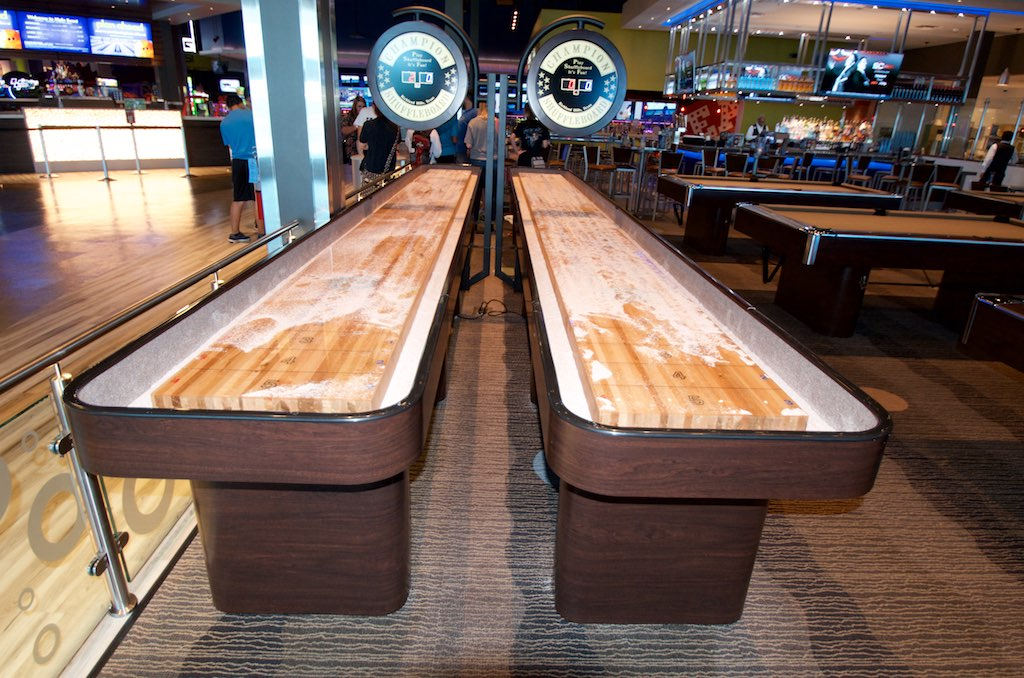
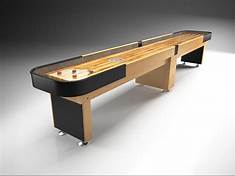
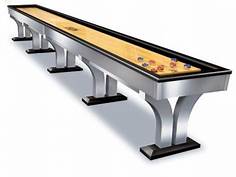

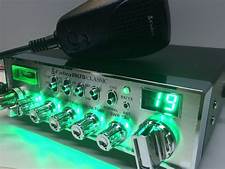

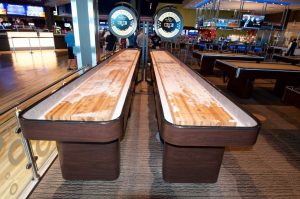
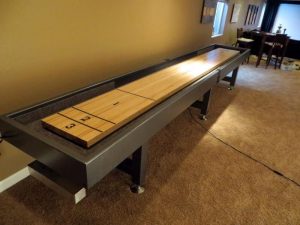
Post Comment